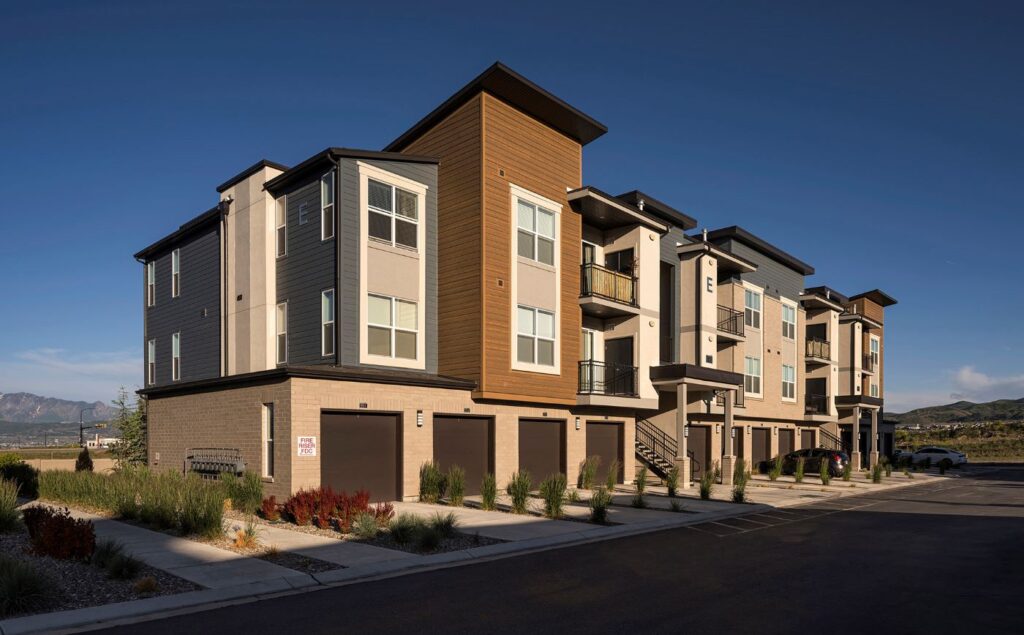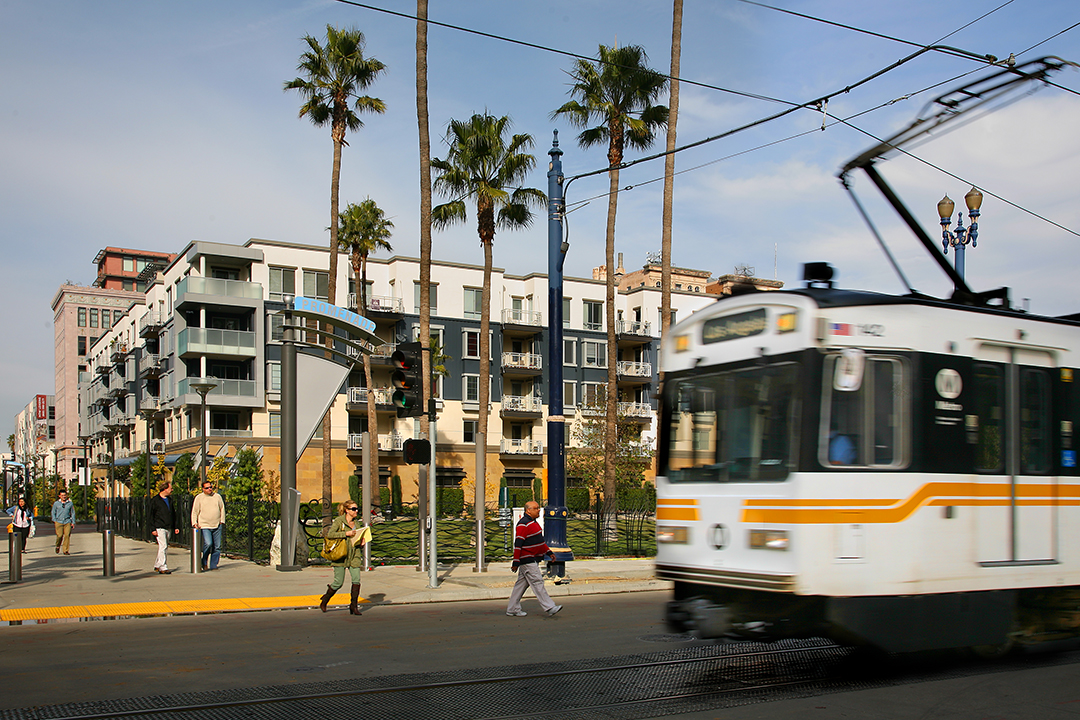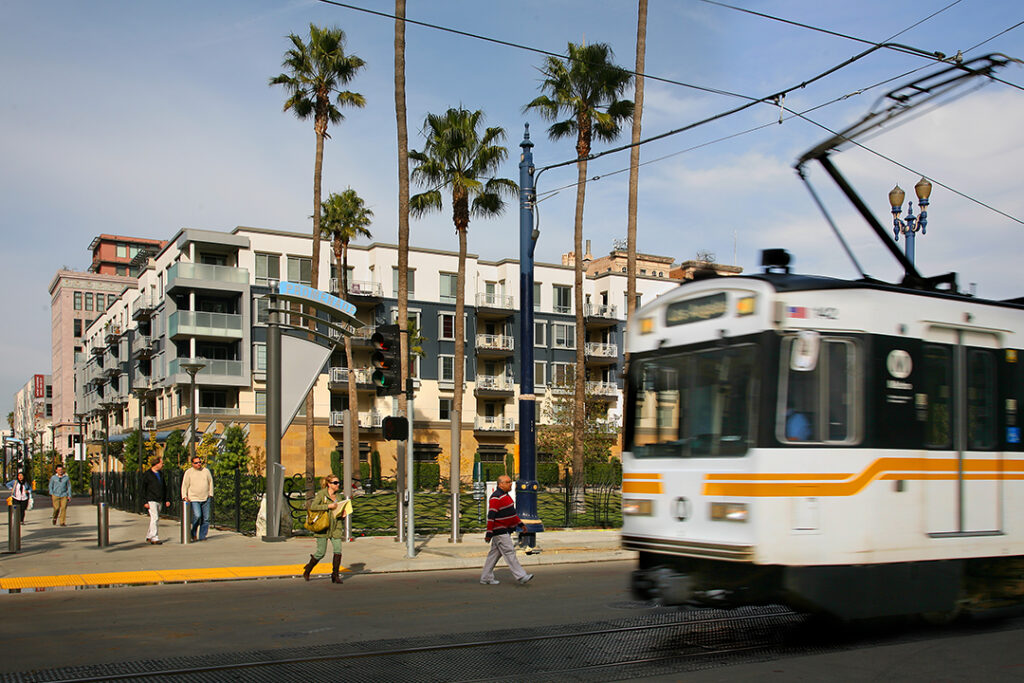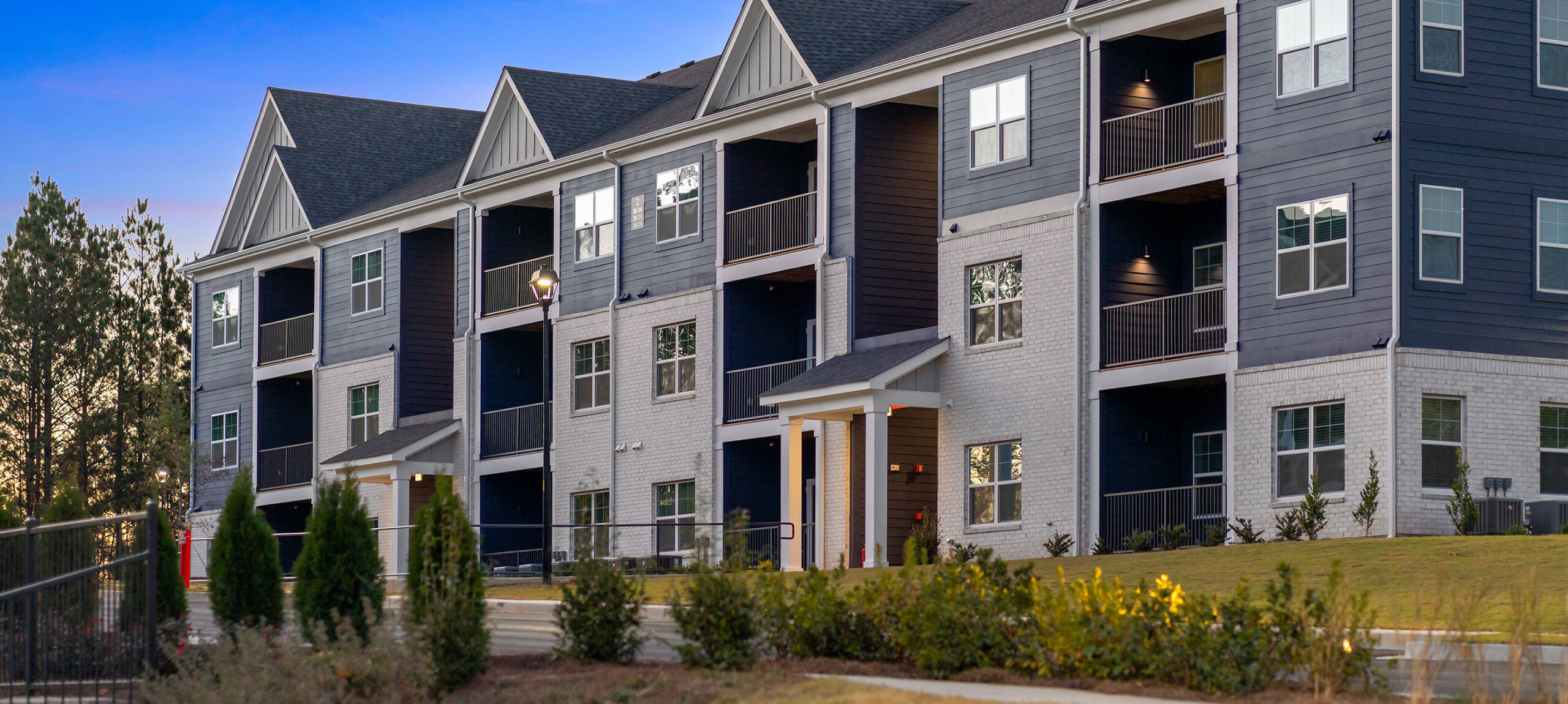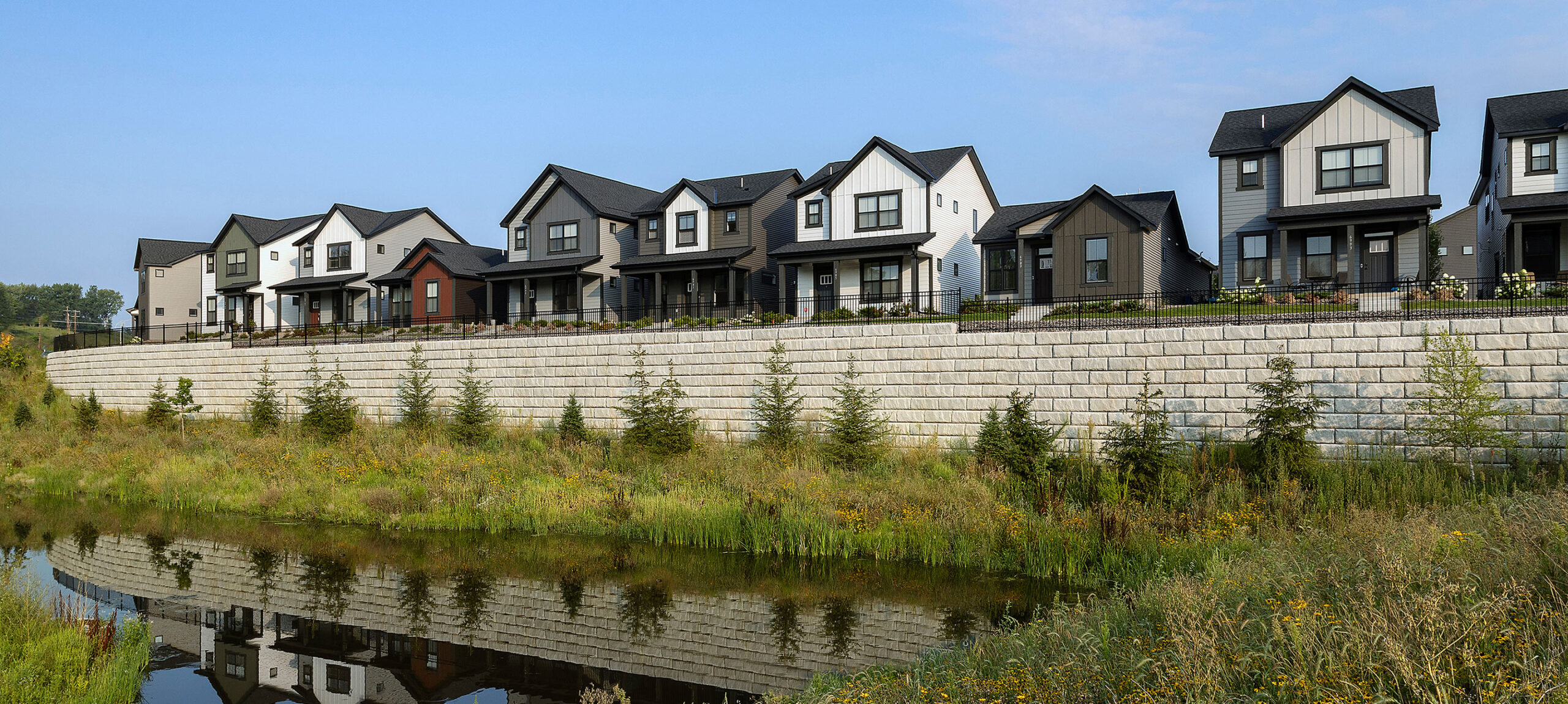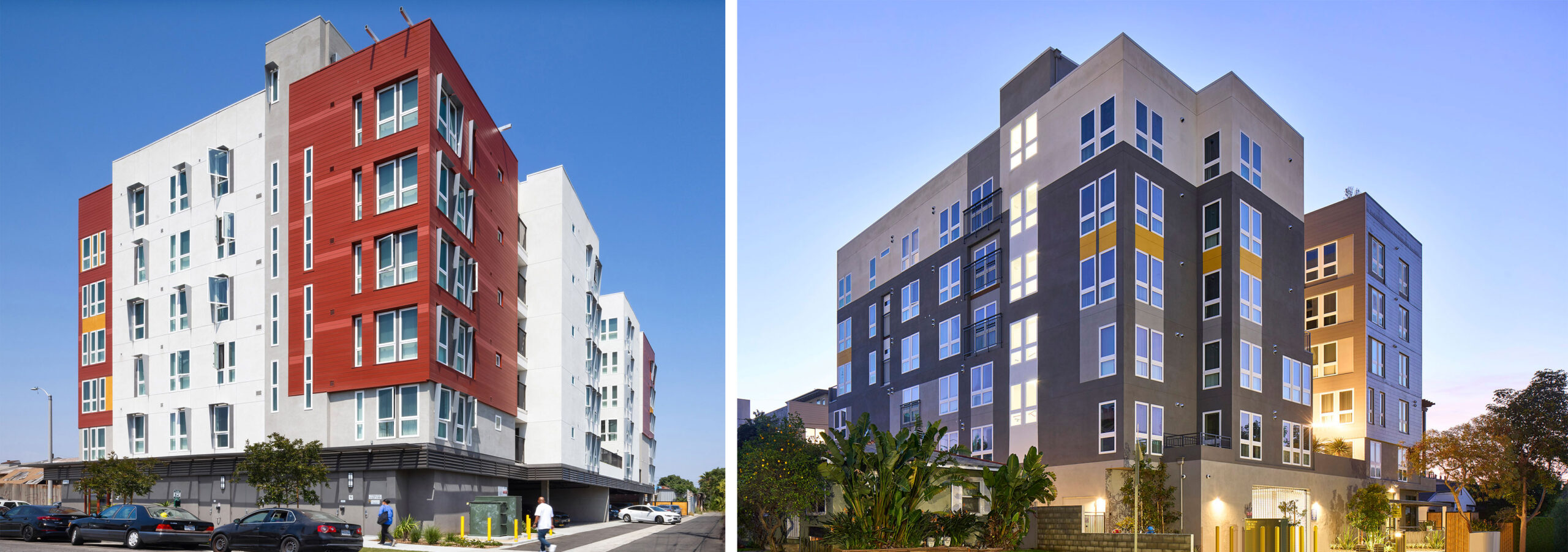In today’s rapidly evolving market, the formula for success in property development is continually being rewritten. Developers must balance the need to contain costs with the ever-growing demand for captivating, consumer-centric designs. We leverage five key principles when designing new multifamily projects, with a focus on performance, sustainability and community development.
Efficient Unit Design
One of the most notable design shifts in the modern housing market is the demand for more efficient living spaces. Forward-thinking developers understand this demand and embrace it. Renters are willing to accept less unit square footage, fewer rooms and simpler layouts as long as the overall community provides high-quality finishes and ample amenity areas. Smaller unit plans must then offer combination spaces that serve multiple purposes. Instead of trying to emulate the traditional room types from single family homes, efficient unit plans can reduce square footage, maximize usability and minimize waste.
Material Selection
Material choices play a crucial role in both cost management and long-term sustainability. Prioritizing cost-effective materials without compromising durability and aesthetics ensures that projects will be competitive in the market while remaining visually appealing and structurally sound. The popularity of contemporary styles proves that renters appreciate good design even with minimal details. Effective color blocking that accents architectural detail can achieve a great look without expensive trim. Monochrome palettes, including a single type of stone veneer or siding, standardize the construction process to further reduce price pressures.
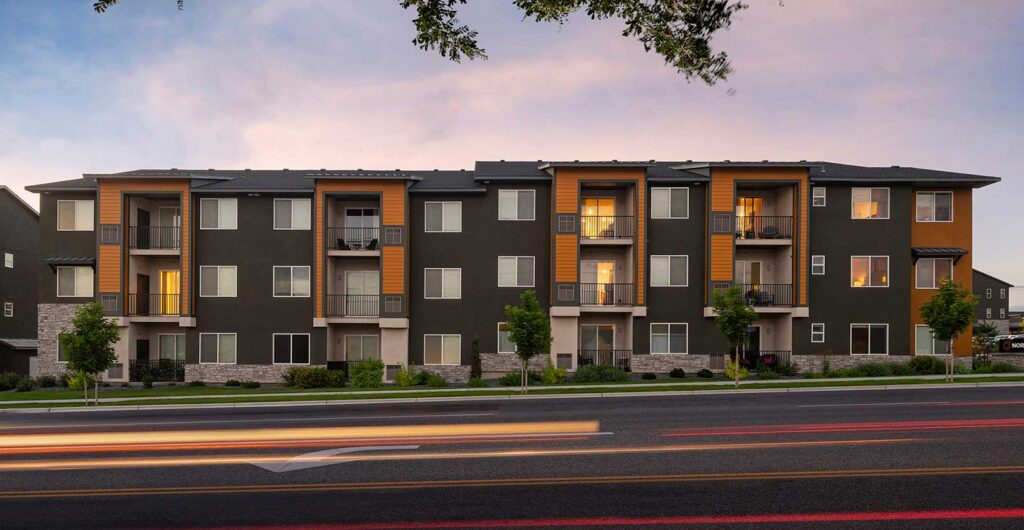
Diverse Housing Options
To cater to a broader range of renters and foster community diversity, it’s crucial to offer a mix of housing types. This includes walk-up units, attached and detached townhomes, and carriage homes over garages. This variety not only expands renter profiles but also encourages a sense of community by accommodating different lifestyles and preferences. Shared amenity areas and club buildings foster a sense of connection for these different building and unit types, and stylistic design shared across the community will be a winner with municipalities.

Sense of Place and Walkability
Amenities continue to be one of the most important factors for new multifamily communities. The most cost-effective amenity areas are now also in highest demand. Open spaces and community connectivity can be designed as part of the overall parcel plan at a much lower cost than extravagant club buildings, pools and other built spaces. Developers should prioritize a strong sense of place and walkability. By carefully curating communal spaces and integrating pedestrian-friendly features, projects can create environments where residents will easily connect with both their neighbors and the surrounding community. This approach contributes to the overall appeal and sustainability of the development.
Cost-Targeted Innovations
Winning the cost-efficiency battle in your market might require some outside-the-box thinking. Innovation is always a great way to stay ahead, and concepts like linked units, tandem parking, modular design, and prototypes offer unique opportunities for cost-effectiveness and customization that are both marketable and profitable. Bold ideas can help solve density and parking issues, combat construction cost volatility and even help new projects remain at the forefront of design trends, adapting as the market evolves.
